
Canon has started 2025 with a bang, treating us to a new budget-friendly wide-angle zoom in the form of the Canon RF 16-28mm f/2.8 IS STM. It follows the success of the Canon RF 28-70mm f/2.8 IS STM, which launched in September last year and was around half the price of the more prestigious Canon RF 28-70mm f/2L USM.
The new RF 16-28mm f/2.8 has been designed to be used optimally as a pair with the RF 28-70mm f/2.8. Both have a very similar size and weight, which helps make swapping them over on a gimbal easier, and as they share the same 67mm filter thread, screw-in filters can also be used and shared seamlessly. Together they cover a vast zoom range from ultra-wide 16mm to short telephoto 70mm.
This is now the second lens in Canon’s recent history to feature weather sealing despite being non-L-series. This is a huge feature and good news for consumers, as it means you can get a quality lens with weather seals without splashing out on L-series glass that could be twice the price.
It is, however, worth noting that Canon says it admittedly features less seals than a 'true' L-series optic. And because it doesn’t have that elusive red ring around the front of the lens, this of course means it doesn’t come with a lens hood – so you’ll need to dig deep to fork out for the EW-73E hood should you need it, which costs £43 in the UK. Ouch!
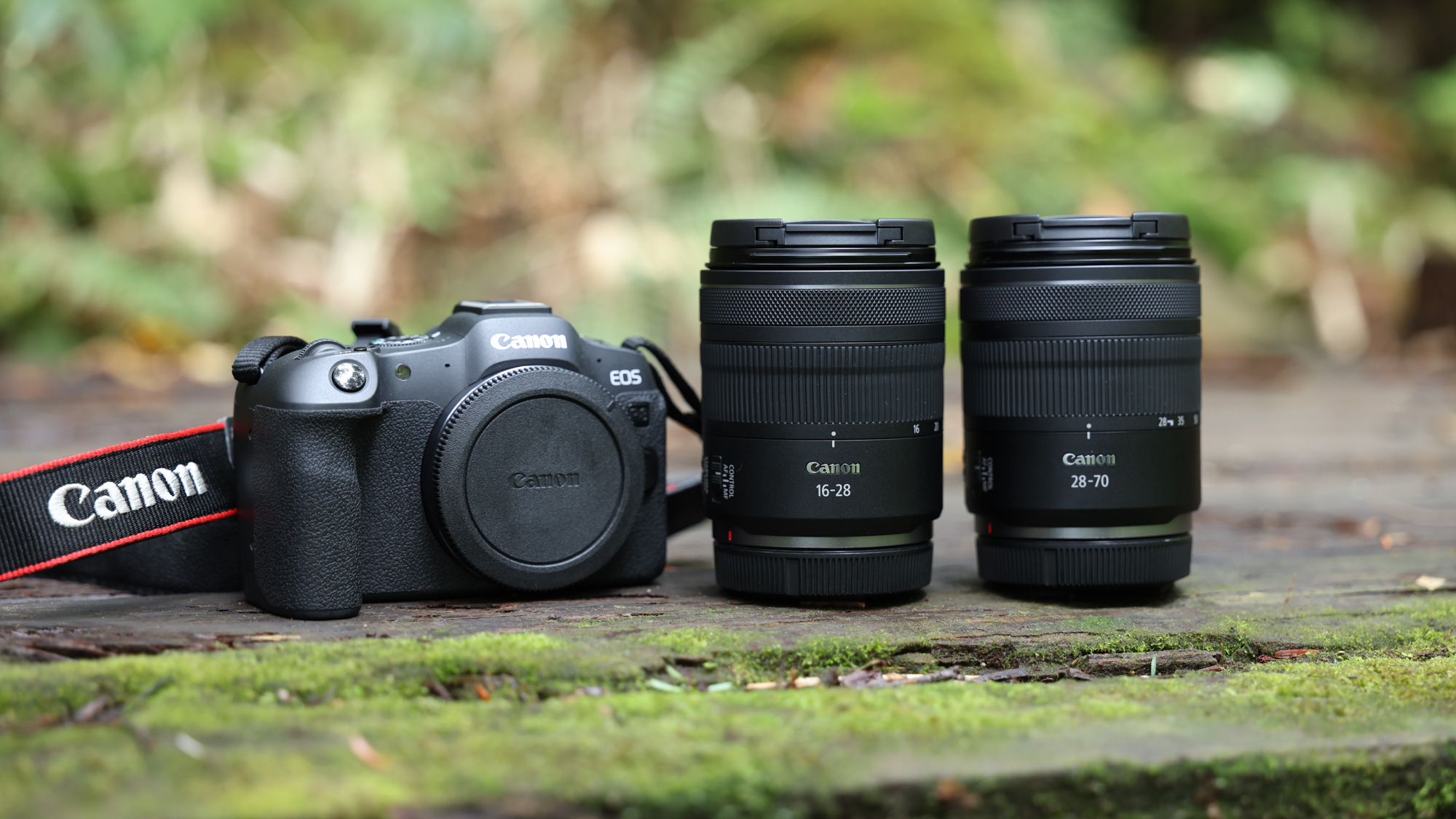
Canon was eager to make the point that its budget-friendly RF 16-28mm f/2.8 IS STM (like the RF 28-70mm f/2.8) also feature optical image stabilization. With the Canon RF mount now opening to third parties (if only on the RF-S side, for now), it does feel like Canon is pulling every trick to make EOS-R users stick with its first-party glass.
I’ve said for a long time that competition between third and first-party lens manufacturers is no bad thing for the consumer, and can lead to more feature-packed optics and more affordable prices – and that certainly seems to be the case here.
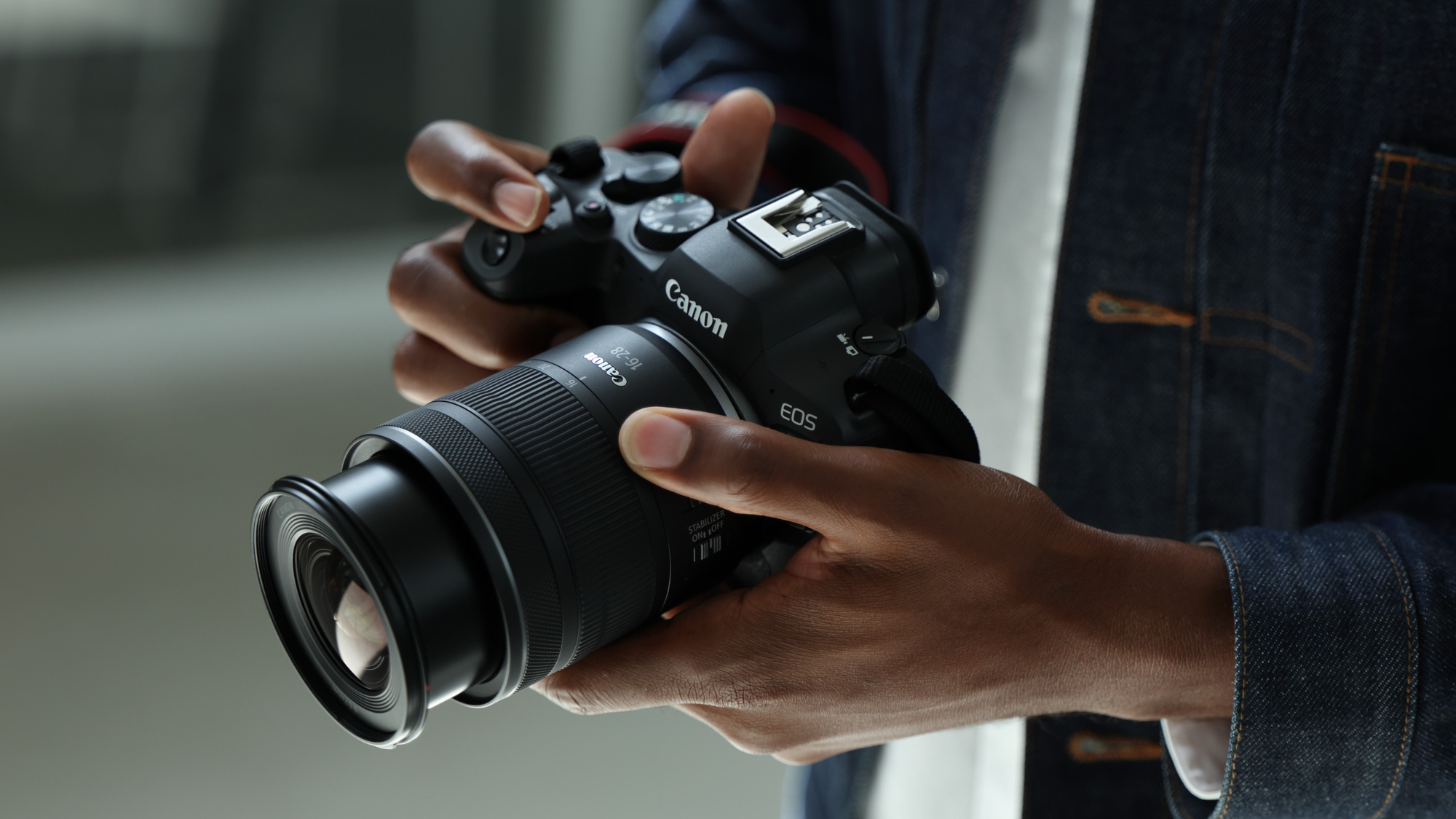
Canon describes the RF 16-28mm as a “new lens never before seen in either the EF or RF line-up” and its tagline is “Epic views, stable shots”. Epic views is a clear reference to its wide-angle focal range, which will be ideal for squeezing in big scenes and great for landscapes, interiors, big sky shots and travel photography.
Get the Digital Camera World Newsletter
The best camera deals, reviews, product advice, and unmissable photography news, direct to your inbox!
Its stability comes from its 5-stop Optical Image Stabilization, which increases to 8 stops (7.5 in the corners) when paired with an R-series camera that has has in-body stabilization.
Canon has been carefully walking a tightrope between stills photos and videos as of late, evidenced by its latest range of hybrid lenses. While the RF 16-28mm is not a hybrid, it does have some features that make it a good choice for both stills and video. For starters, it supports digital focus breathing correction on cameras including and newer than the Canon EOS R6 Mark II.
As noted, its similar size and weight to the RF 28-70mm f/2.8 makes them a good pairing for gimbals, plus the RF 16-28mm features a lead-screw STM (stepping motor) for smooth focus transitions. These motors are reserved for bigger lenses, and are both faster and quieter in operation compared to smaller gear-type STMs, so this is a welcome addition.
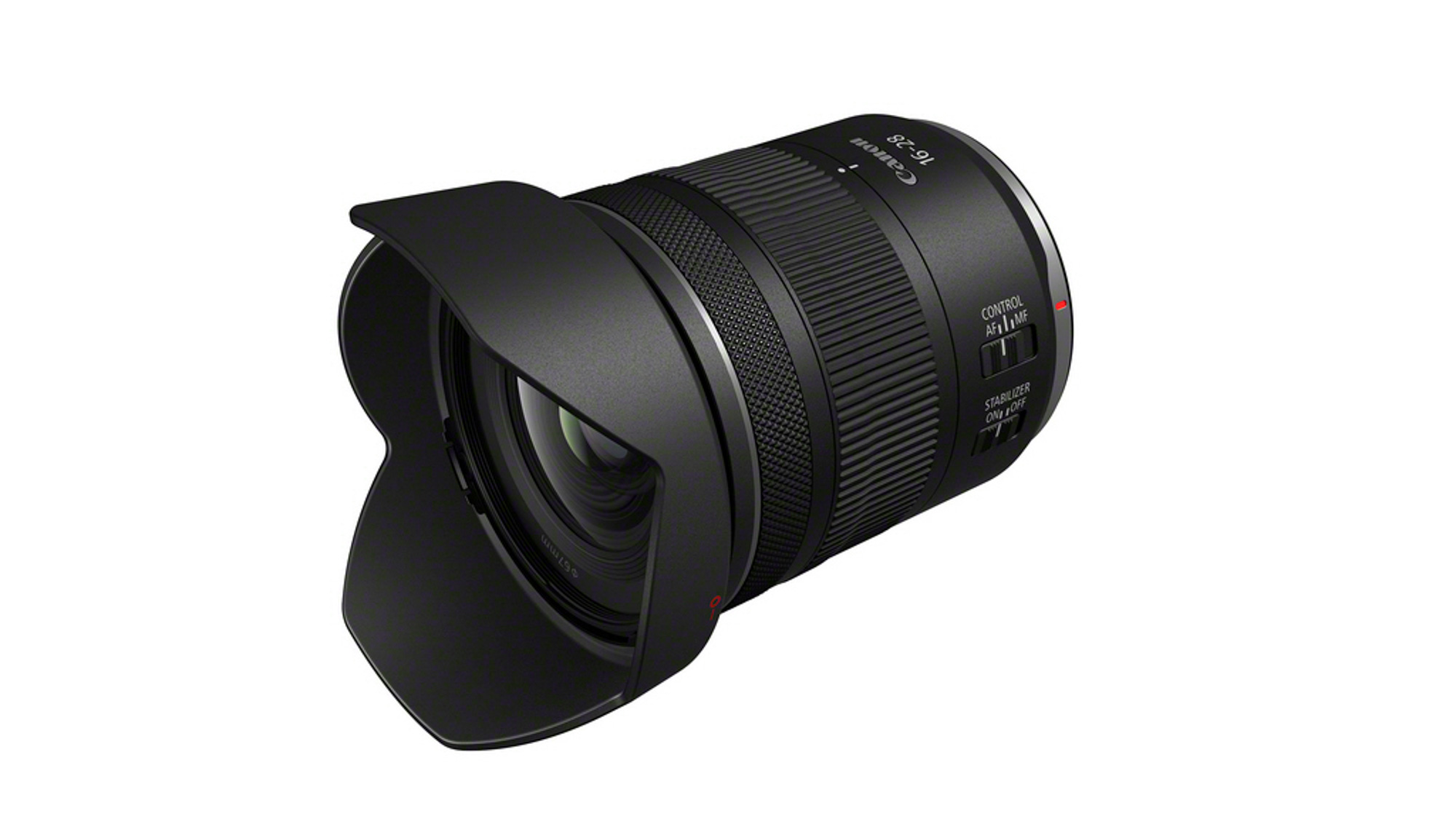
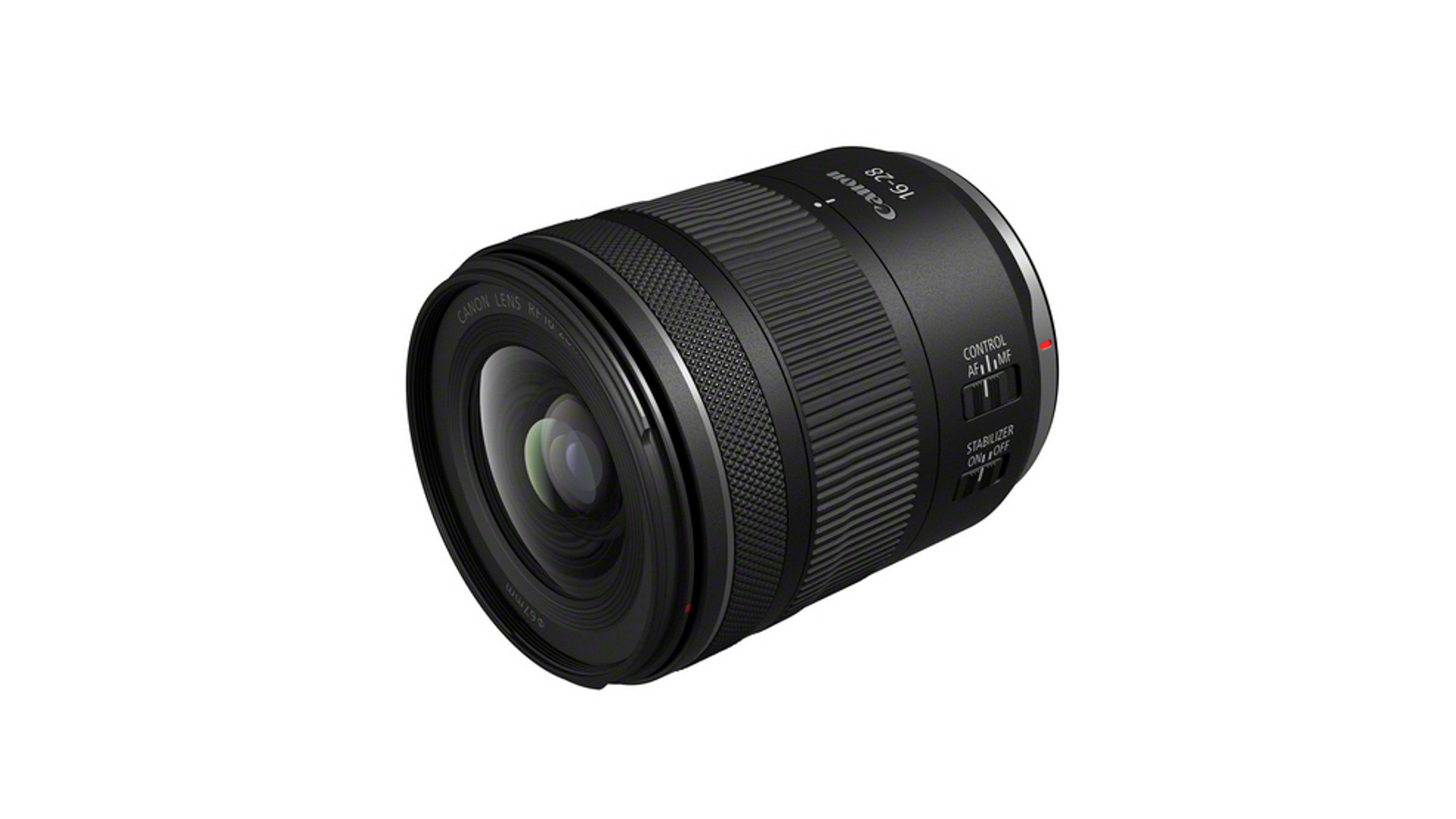
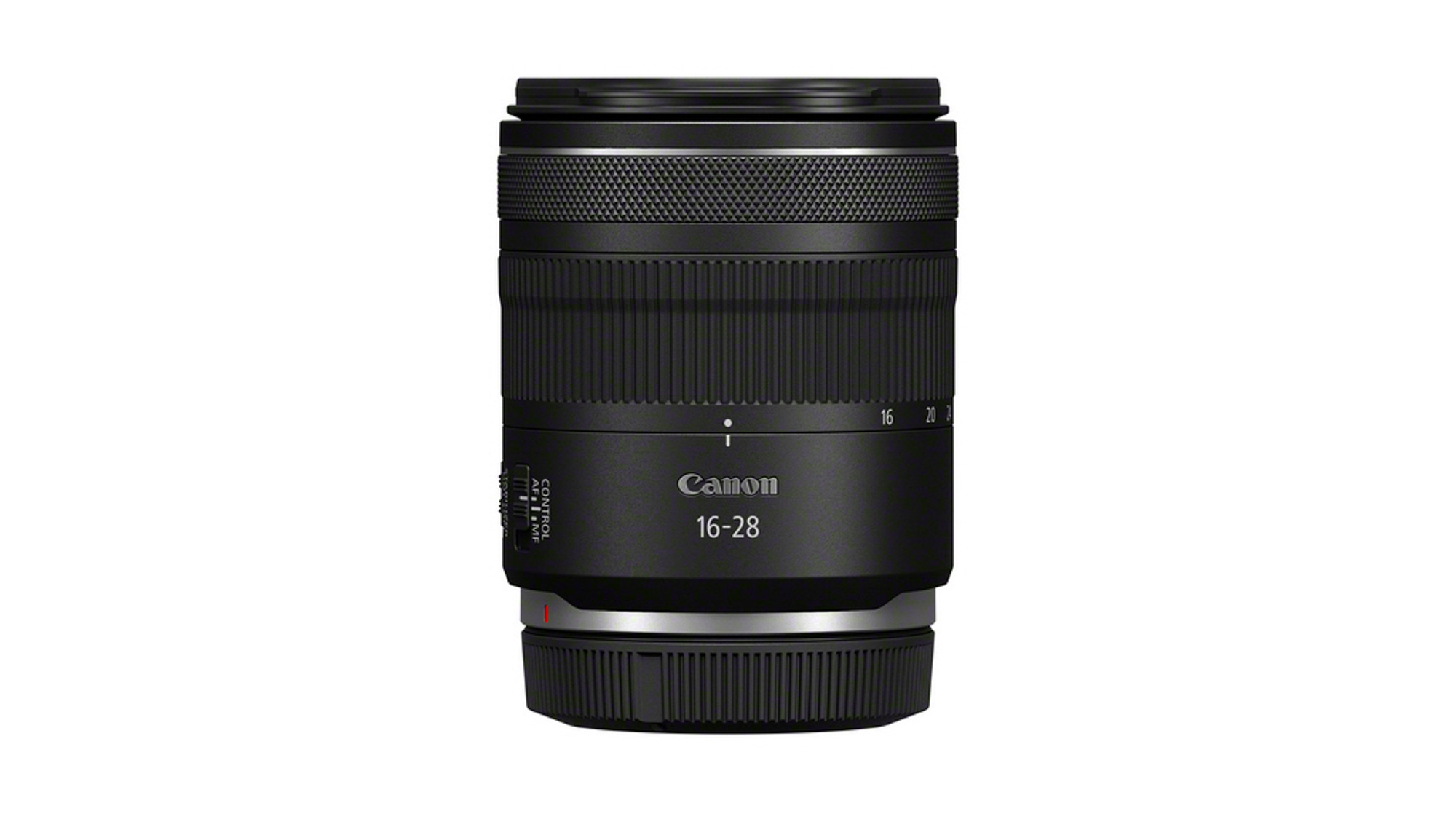
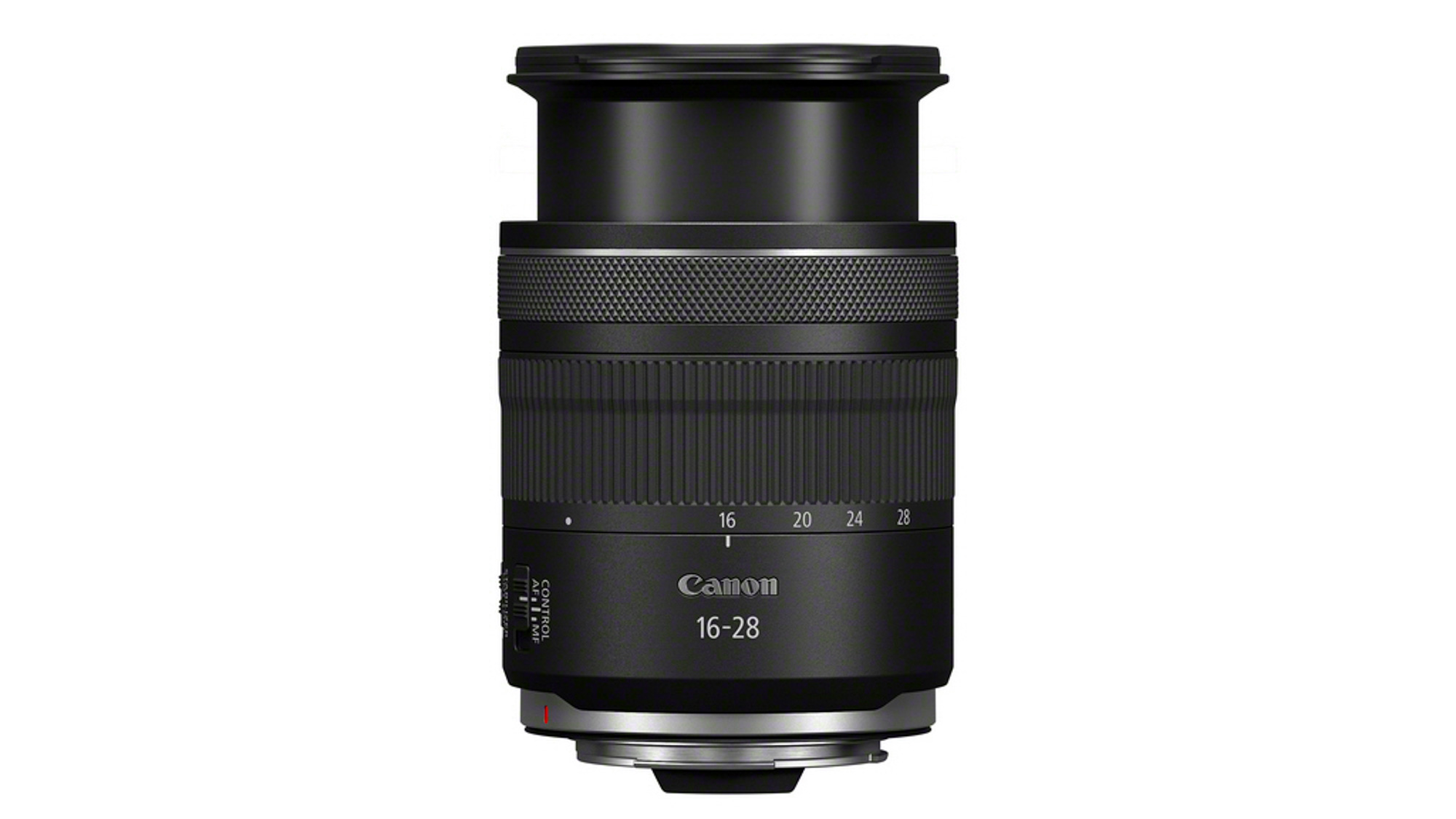
When it comes to lens construction it has a 9-bladed aperture (the same as the premium Canon RF 15-35mm f/2.8L) and is made up of 16 elements in 13 groups. The lens boasts two aspheric and four UD (Ultra-low dispersion) elements for high quality, with Canon claiming “maximum sharpness”. It also gets a Super Spectra coating for “incredible clarity”.
When asked about the image quality, Canon’s product specialist Mehdia Mehtal said, “It is comparable to the older Canon EF 16-35mm f/2.8L III USM for DSLRs”. Not bad, if it beats a trinity lens!
Some of Canon’s recent wide-angle lenses have been subject to a fair bit of flack with regard to their RAW files displaying heavy vignetting, distortion and optical imperfections. Canon wanted to set the record straight with this aspect of its lens design in recent models, such as the new RF 16-28mm f/2.8 and 2023’s Canon RF 10-20mm f/4L (which is where I first noticed this phenomenon).
Canon says wide-angle lenses like these have been made with an intentionally smaller imaging circle, which causes vignetting in the RAW files, though is pulled and stretched out of the way with lens profiles and if you shoot JPEGs you won't see this as it's corrected for in-camera – and the corrections were factored in at the engineering stage, so any "compromises" have already been compensated for.
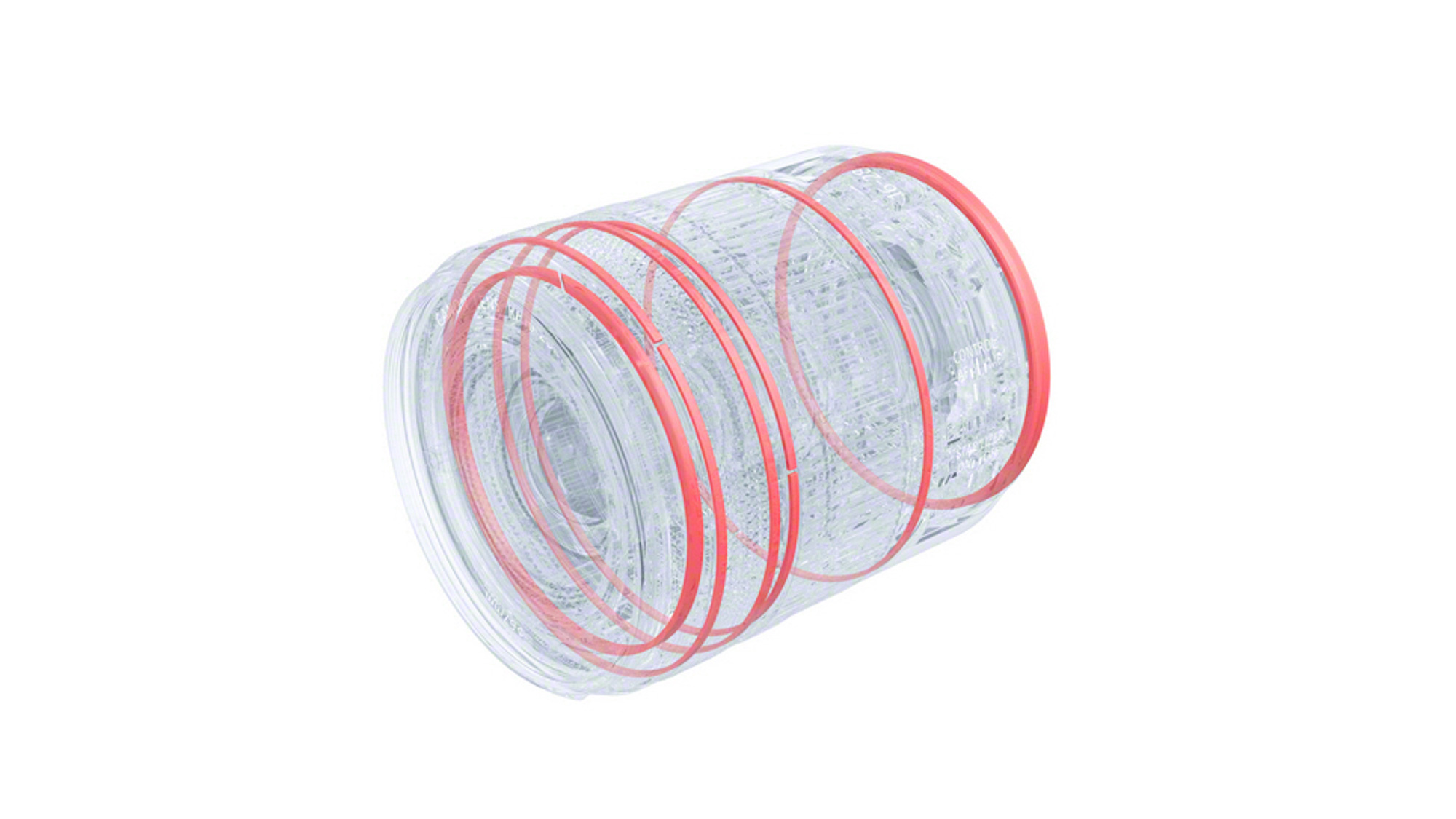
Canon has valid reasons for designing the lens in this way, too, saying that making it more optically perfect would make it heavier, bigger and more expensive – and, again, claims that the image quality is still comparable to the 'optically sound' EF 16-35mm f/2.8L III (which earned an impressive 4½ stars in our review).
There's nothing wrong with this approach to lens design in my book – lighter, smaller and cheaper lenses are something to be celebrated, though it’s worth noting that it's essential for a lens profile to be used when editing RAW files taken with lenses such as the new 16-28mm.
Compared to the topline Canon RF 16-35mm f/2.8L, the new lens is tips the scales at 445g and measures 76.5 x 91mm when collapsed down for storage. This makes it about 43% lighter, 30% shorter and 14% narrower when stowed away, so takes up significantly less space in your kit bag – it's also about half the price, here in the UK.
The RF 16-28mm f/2.8 also has a control ring around the front of the lens barrel, which can be customized to change settings like ISO or white balance. It’s also shared with the manual focus ring, with a three-way switch being used to change between them. The zoom ring also follows in the footsteps of the RF 28-70mm f/2.8 and needs to be rotated and ‘popped’ until it’s at the 16mm mark before the lens can be used.
Sales for the Canon RF 16-28mm f/2.8 IS STM are due to start on February 14, with a cost of $1,149 / £1,249.99 / AU$$1,879.
You might also like…
Follow along with the latest on Canon in our Canon rumors hub. You can also find out more about the best Canon cameras, the best Canon DSLR lenses, and the best Canon RF lenses in our guides.

Deputy Editor on PhotoPlus: The Canon Magazine, Dan also brings his technical wizardry and editing skills to Digital Camera World. He has been writing about all aspects of photography for over 10 years, having previously served as technical writer and technical editor for Practical Photography magazine, as well as Photoshop editor on Digital Photo.
Dan is an Adobe-certified Photoshop guru, making him officially a beast at post-processing – so he’s the perfect person to share tips and tricks both in-camera and in post. Able to shoot all genres, Dan provides news, techniques and tutorials on everything from portraits and landscapes to macro and wildlife, helping photographers get the most out of their cameras, lenses, filters, lighting, tripods, and, of course, editing software.
